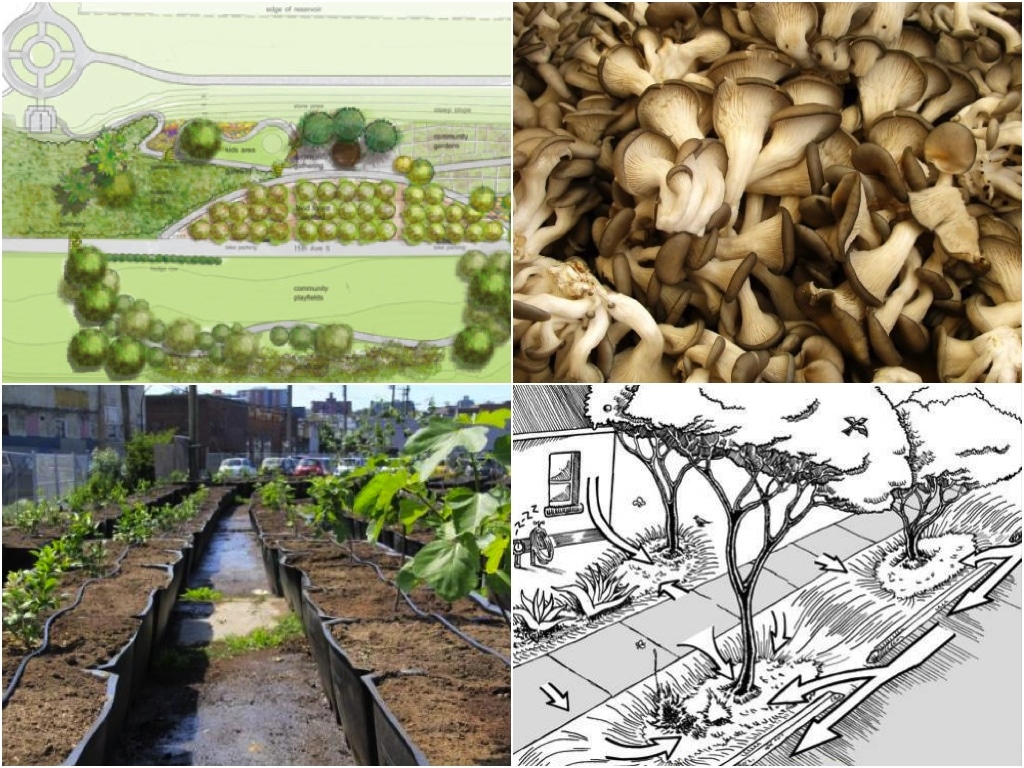
Think you’ve got no room to grow? Sure you do. If you have a bathroom, a kitchen bench or just an steely resolve, you’ve got what it takes for growing urban goodness.
Here’s some ideas to get you going, wherever you live…
Grow mushrooms in your bathroom
Home mushroom production is definitely doable, for everyone.
There’s many different approaches, but a great technique for small-space and apartment dwellers is to try your hand at growing mushrooms in buckets, like this:
The great thing about this technique is that, once you’ve made your mushroom bucket (from sterilised grain/straw and mushroom spawn), you can store it anywhere at home that’s out of the sun, and out of your way.
You can even stack the buckets to make a space-saving tower, while inside the buckets the spawn colonises the grain/straw to the point of being ready to fruit.
Once your buckets are fully colonised and ready to fruit, you need to put them somewhere with good humidity, that you visit regularly.
Ta da! That would be your bathroom, which is hopefully a clean place with good airflow and daily periods of acute mistiness.
It also probably contains nooks of under utilised space, and regularly attended. Perfect.
If your bathroom is not particularly clean, give it a good once-over with white vinegar and a spray bottle first, before putting any fruiting mushroom buckets in there.
Alternately if you bathroom is not a goer as a mushroom fruiting site, the kitchen bench works just fine too, with a spray bottle of water for occasional misting.
If anyone in your family seems unenthused about this idea, just wait till they see flushes of oyster mushrooms springing out of the bucket on all sides – they’ll come around.
And then there’s the hyper local, zero-food-miles, fresh sautéed mushroom factor. Mmmm.
There’s more info on how to make a mushroom bucket here in our mushroom cultivation archives…
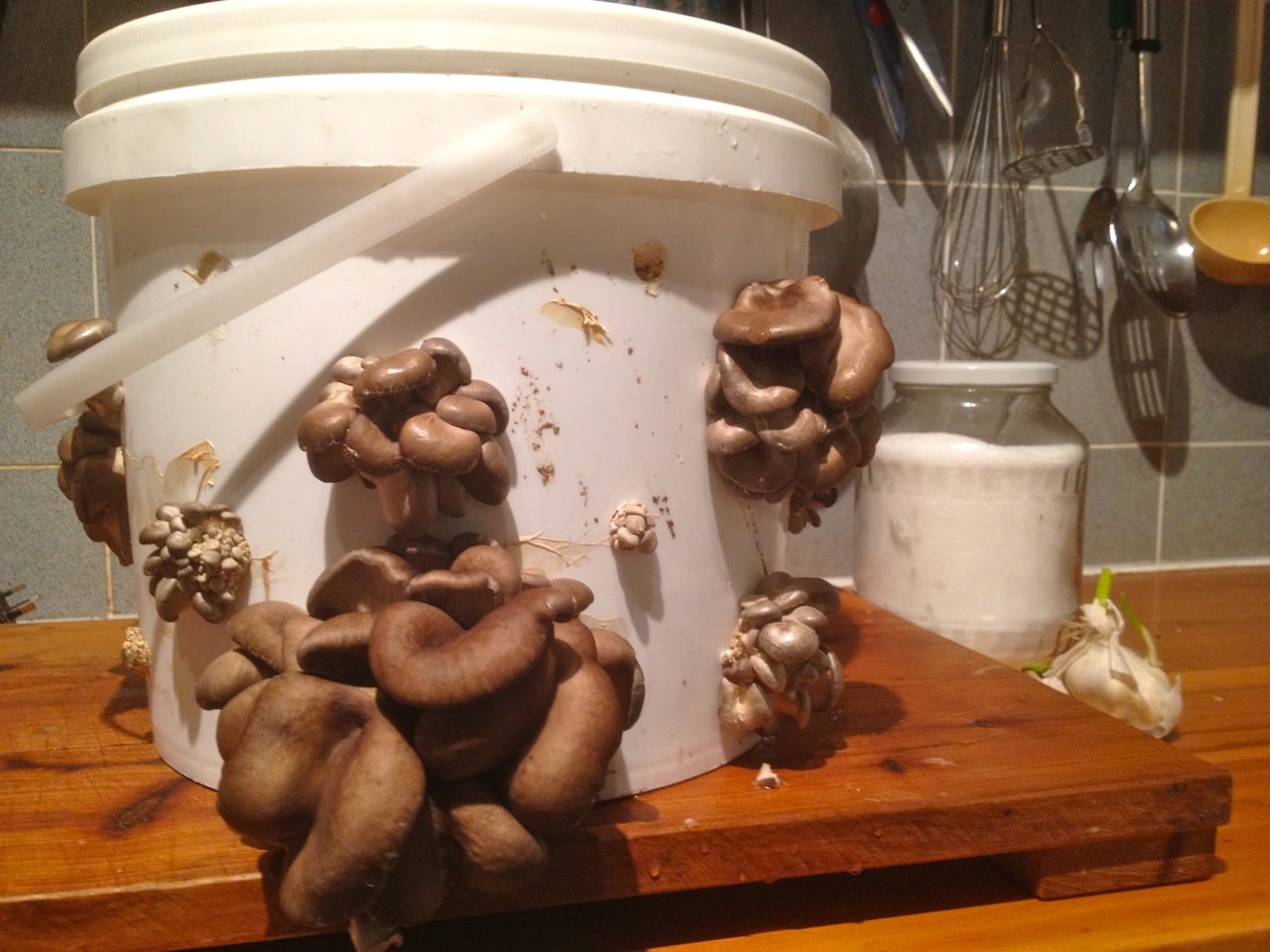
Grow up
If you have a wall, you have room for a vertical garden – a great space saver that also puts your produce right in your face – literally.
Your wall’s aspect will partly define what best grows there… is it sunny and hot? Cool and shady? Is there a constant drip from the air conditioner unit above?
Do some research and find out what will grow best given your wall’s particular microclimate. Leafy greens will do well in light shade, full sun will suit hardy herbs like oregano and rosemary.
Mints will thrive with a constant drip coming from above…
Get a community growing in your kitchen with Kombucha
Can’t get the idea of mushrooms in the bathroom past your comerades? Try brewing up some kombucha to add diversity to your diet, and excitement to your kitchen shelves.
Kombucha (or manchurian mushroom) is actually a symbiotic colony of bacteria and yeast which form a zoogleal mat on the surface of liquid.
Once you have sourced one of these slimy (but wonderful), mushroom-looking things, you can add it to a batch of sweet black tea and let it stand for 5 days to make an amazing probiotic drink.
The resulting kombucha drink tastes slightly fizzy, can be flavored in a multitude of ways, and is drunk as a health tonic.
It’s a great introductory foray into the wide world of making ferments that benefit your health, while bringing food production back into your home at the same time.
More details on making kombucha here…
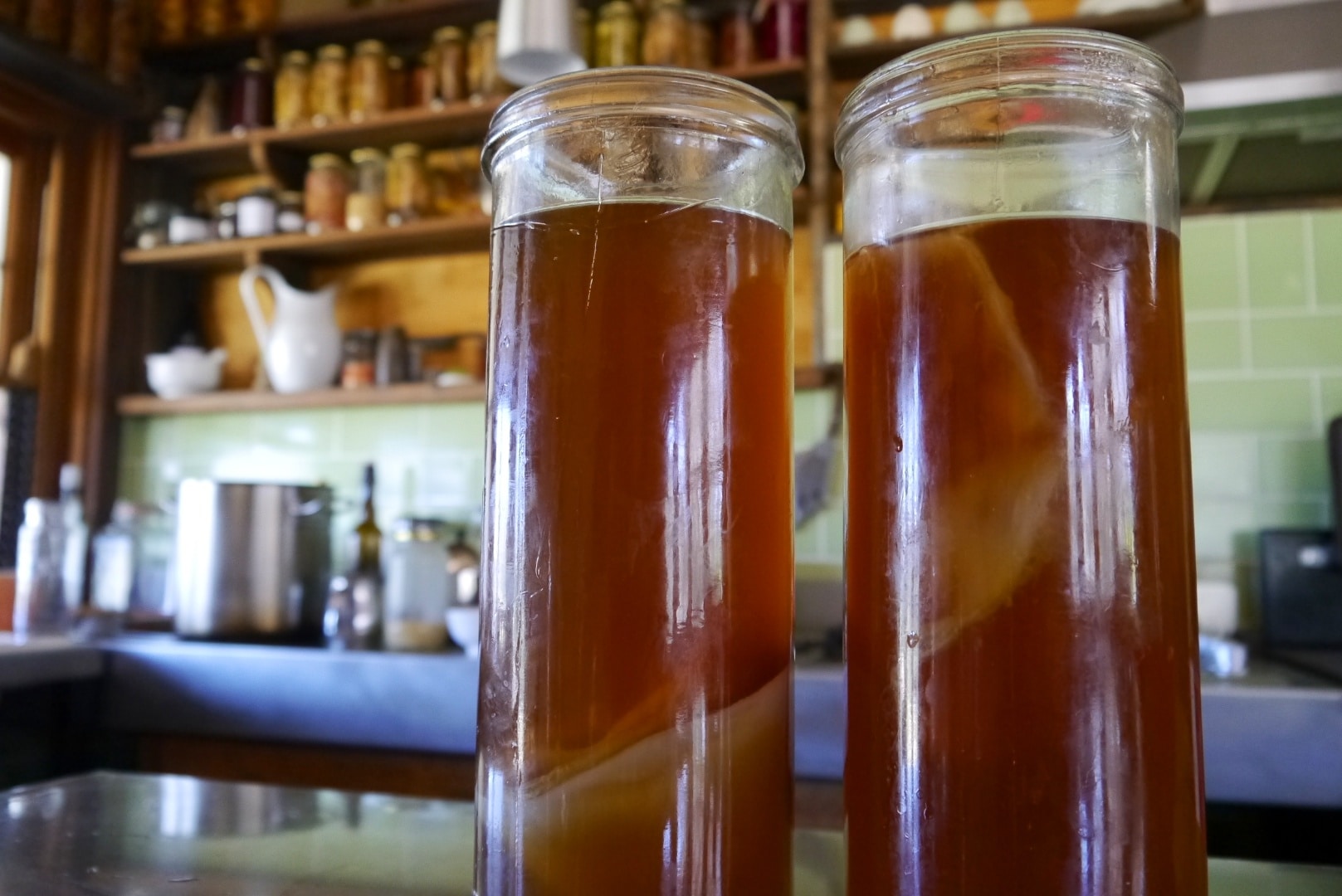
Community food forests and urban orchards
Every urban community is full of people who would love the ability to plant fruit & nut trees, and then tend and pick fresh, local fruit and berries for their families.
Frequently, it’s a question of space and land tenure. And all those layers of local permissions that must be waded through.
But, folks are managing to do it. Some projects are sanctioned and legit, and some are not. All bear fruit. And as more of us agitate, plan, design and begin these sorts of projects, more will rise.
Some inspirations on this front include:
- Beacon Food Forest in Seattle
- West Brunswick community food forest
- Sole Food‘s next project in Vancouver
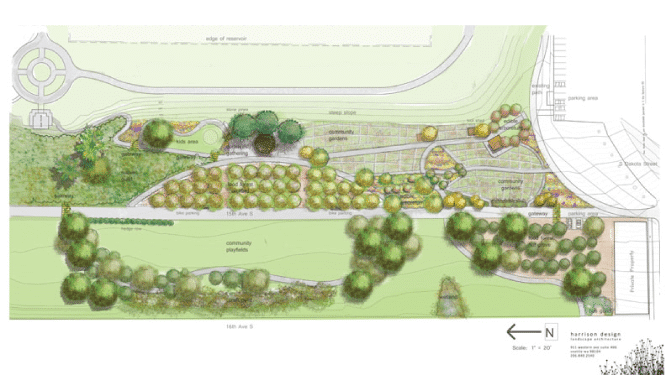

Harvest the resources around you
The urban environment is a seething mass of untapped resources. It’s all about being creative and pointing the energy where you want it. Water, for example.
Why let the stormwater coming out the front of your house go straight down the drain?
Why not catch and store that energy first, making it do a round of your verge garden, so it can help grow some food, flowers and shade for your family…
The leaky drain technique above has been employed extensively along the amazing Wilga Avenue verge gardens, with great results in community food production…
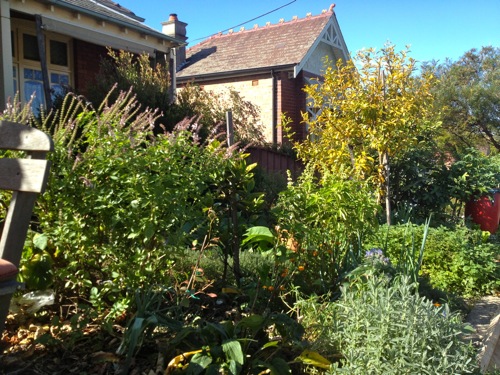
Wilga Avenue footpath gardens, watered by leaky drains
Or, for a simpler setup if your site allows, here’s one of Brad Landcaster’s many solutions from his book Rainwater Harvesting for Drylands:

These are just the tip of of the tippy tip top of the pile of urban ideas and strategies for getting good things to grow where you live.
There’s no end to what we can do in cities to create goodness and effective design for healthy living.
All said and done, all you need are your brains, your gumption and a willingness to figure out how to use the resources around you to make it happen.

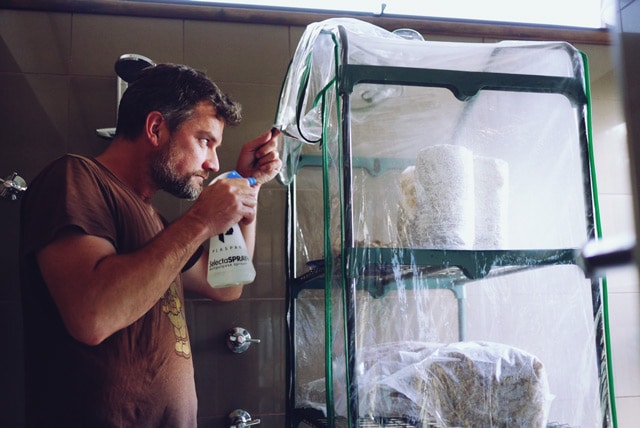

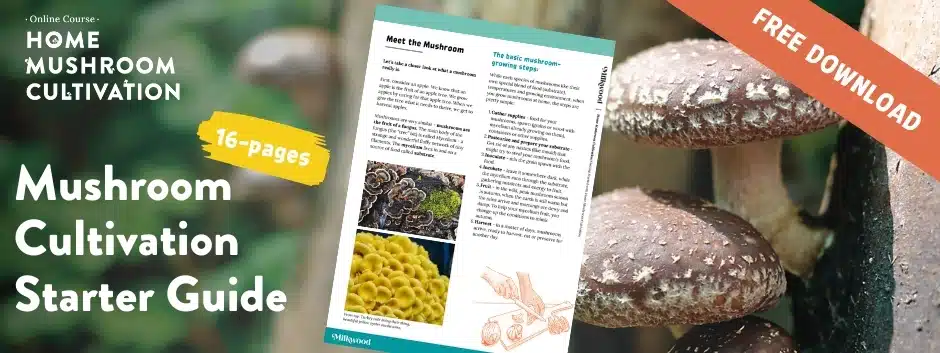
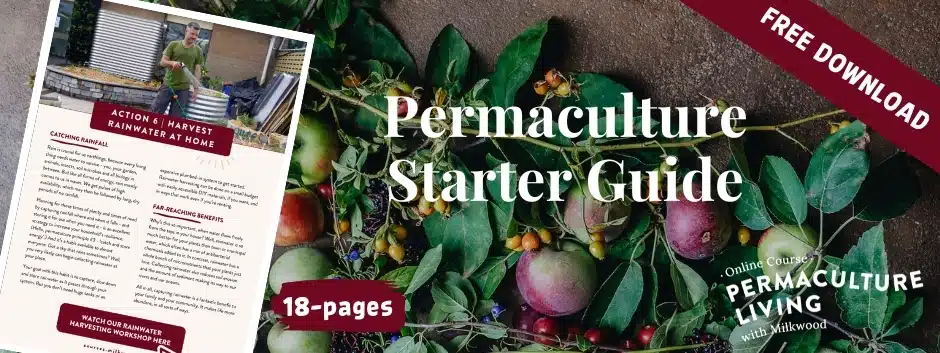
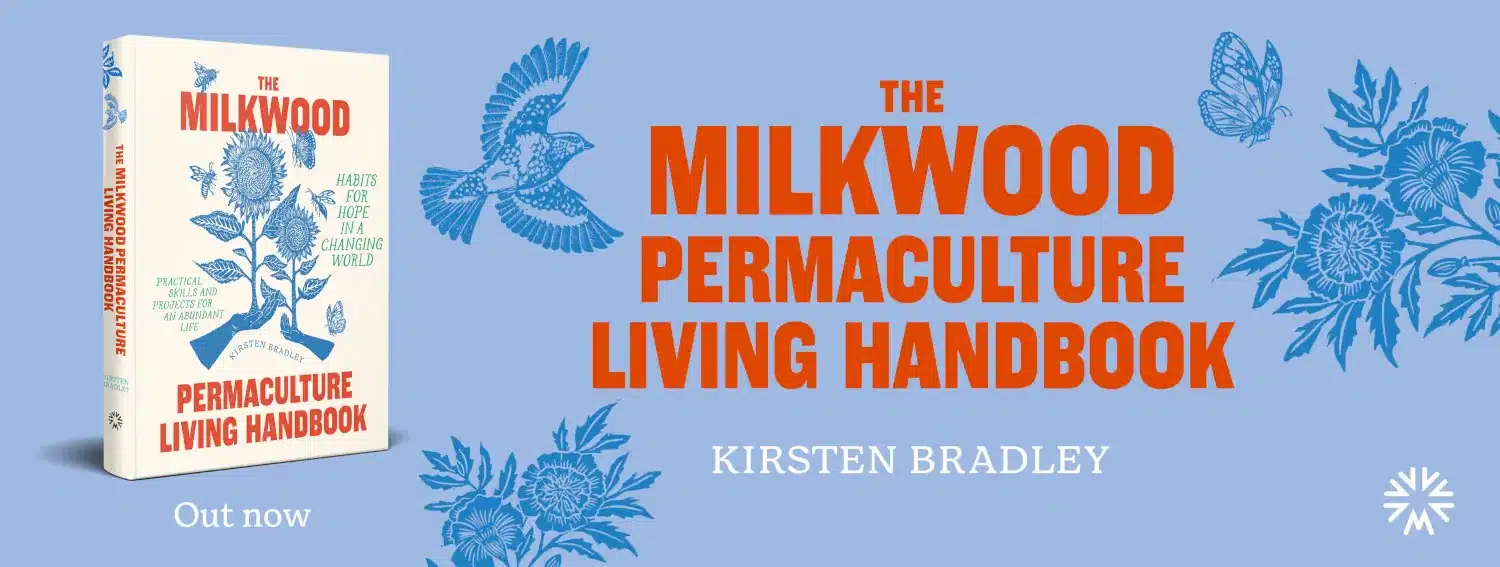
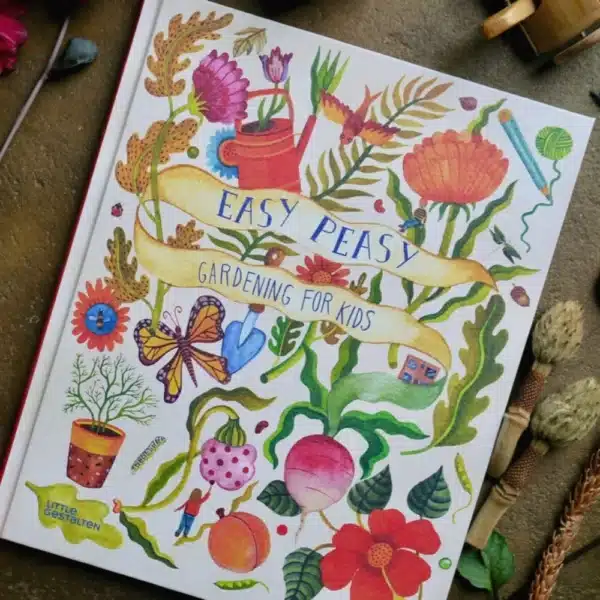
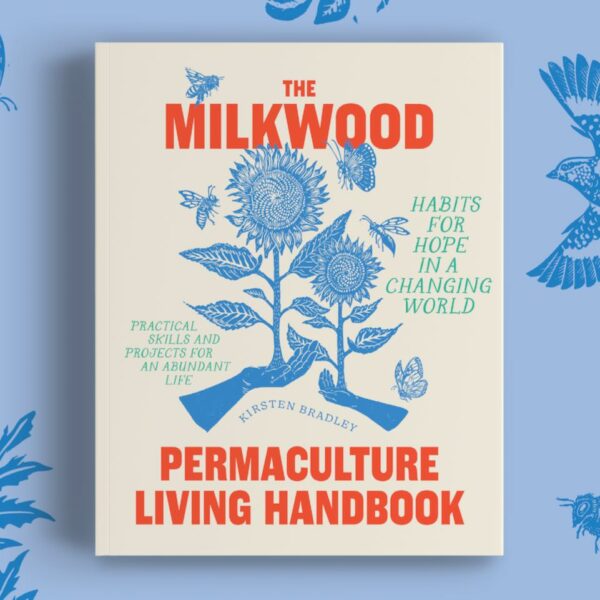







If you wish to grow mushrooms Brewers Mushrooms can help you grow your mushrooms at home we want to educate everyone on mushrooms and their benefits!
If anyone’s in the eastern suburbs of Melbourne there’s a food forest at Batesford Reserve in Chadstone http://chadstone-food-forest.blogspot.com.au/
This is awesome! I am starting my baby steps of turning my city lot into an urban farm… first step composting… next raised beds in our south facing front yard… then I am going to grow from there… I love the mushroom section above and I love all that you have on here to inspire me with. Thank you! Here is a link to my blog sharing my new adventure of transforming my life to living a more self-sustainable existence using my city lot to do it: http://dirtidigyou.wordpress.com/
Reblogged this on X_trous Notes and commented:
I really want to buy a land walaupun berapa bidang sahaja..